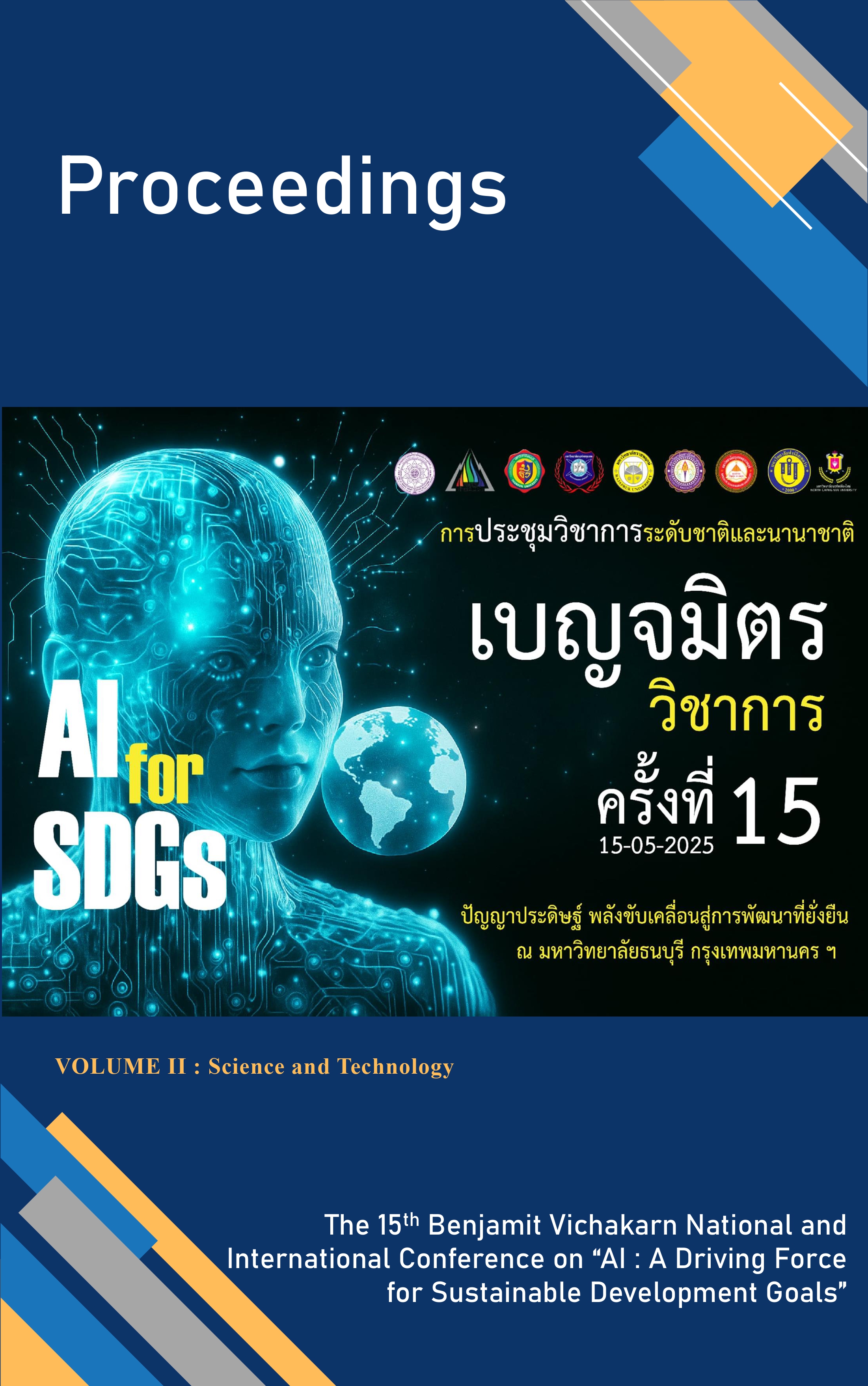The Model of Emotional Quotient Development of Public Health Students in Nonthaburi Higher Education Institutions
Main Article Content
Abstract
The purpose of this research was to study 1) emotional quotient in terms of goodness, smart, and happiness before and after implementing model of emotional quotient development of public health students; 2) compare levels of emotional quotient among students in aspects of goodness, smart, and happiness; 3) factors related to emotional quotient levels in goodness, smart and happiness among students. This quasi-experimental study included 60 public health students in Nonthaburi Province as samples. The research instruments consisted of an emotional quotient questionnaire and emotional quotient development model. Data were analyzed using percentage, mean, standard deviation, emotional quotient level, and Pearson's correlation coefficient. The results showed that: 1) Before receiving the emotional quotient development program, the mean score was 146.23 with a standard deviation of 4.82. After receiving the program, the mean score was 144.80 with a standard deviation of 7.03, with 86.67% falling in the moderate level. The mean score was 146.69 with a standard deviation of 5.32, 2) Comparing emotional quotient levels, it was the control group had a higher mean score than the experimental group. Specifically, the control group had a mean score of 146.80 with a standard deviation of 6.31, while the experimental group had a mean score of 144.80 with a standard deviation of 7.03.The difference was not statistically significant (t=-1.160, p=0.251).The emotional quotient levels of both the experimental and control groups were within the normal range 144.80,146.80 respectively.3) Regarding the relationship between the three components emotional quotient was found that the goodness component had a moderate correlation (r=0.793), the happiness and smart component showed low correlations of (r=0.443) and (r=0.216) respectively, with statistical significance at the 0.01 level.

